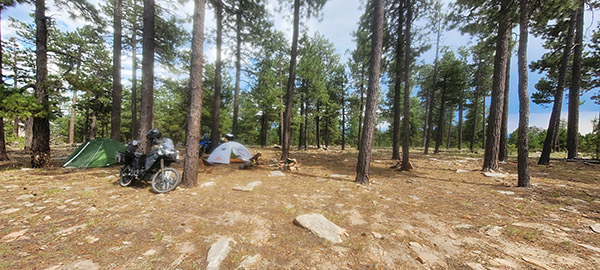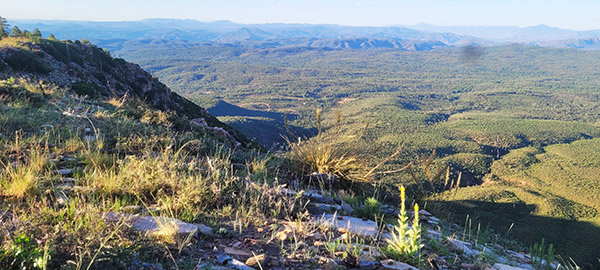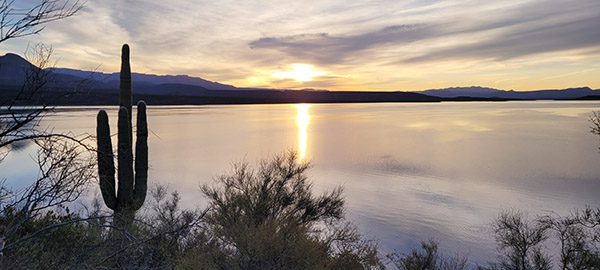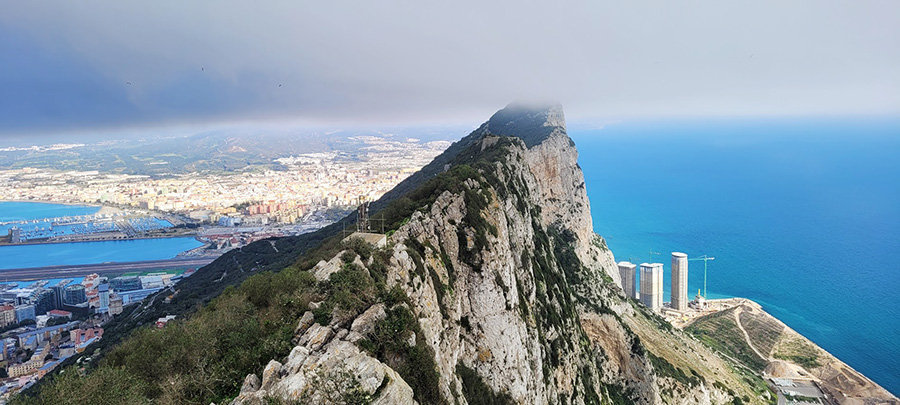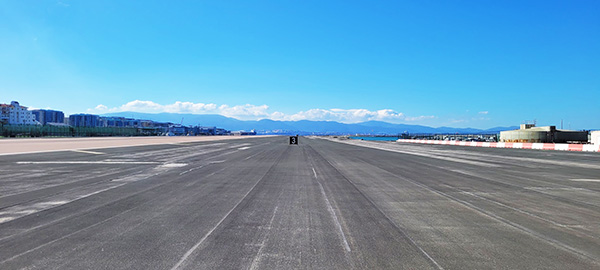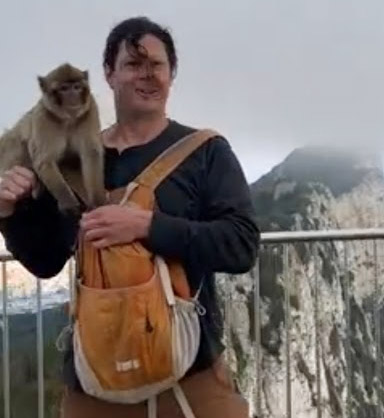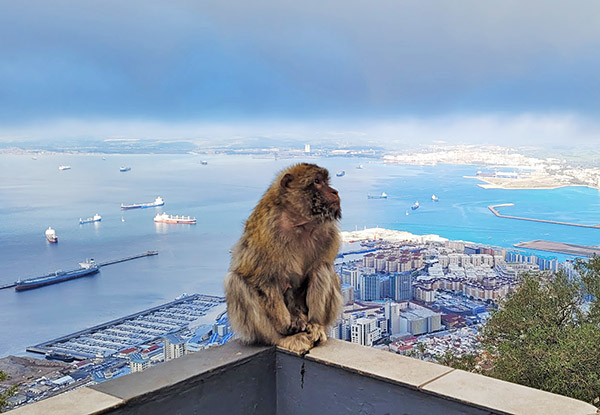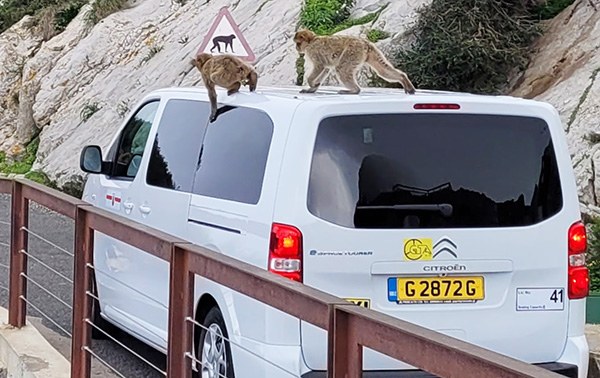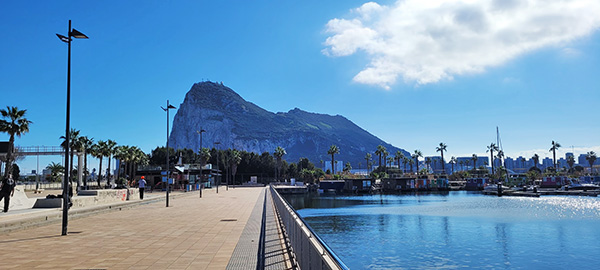By Mike Huber
Pinnacles National Park is the 50th National Park I visited. I believe there are 63 National Parks total (National Park Service keeps adding them yearly, so…). As with all the parks it is rare to be disappointed with a visit to any of them. In fact, I have visited some of the parks numerous times just to be sure to fully embrace each part of them as many are quite large.
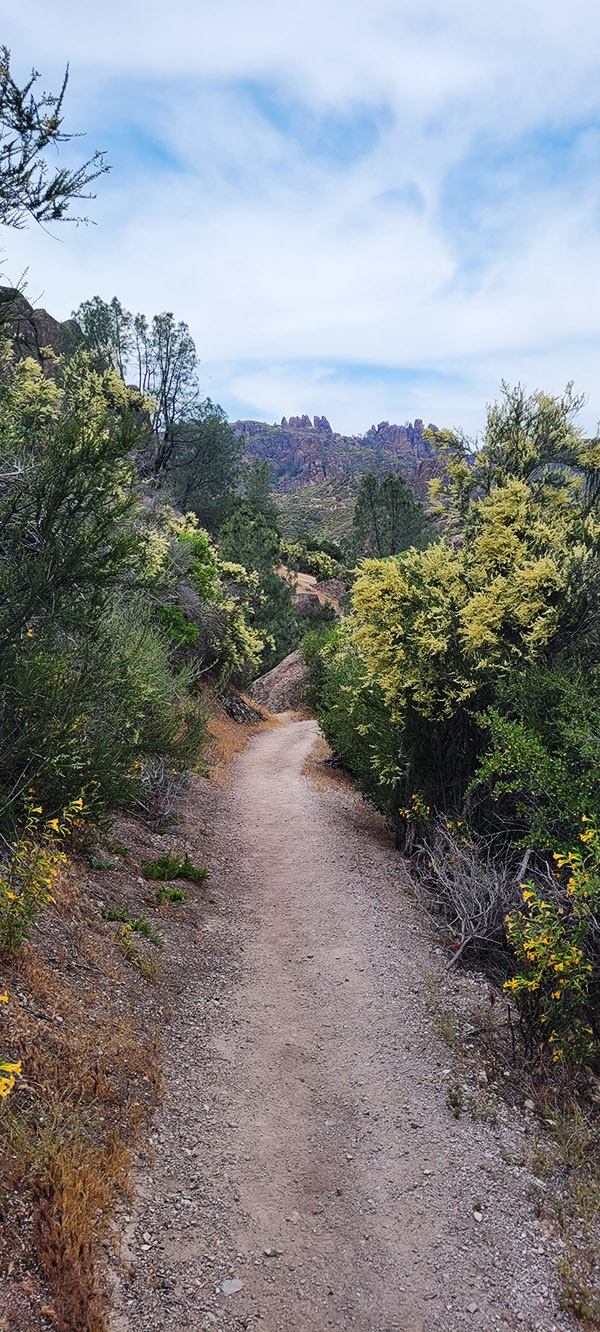
Pinnacles National Park is one of the lesser visited National Parks, which I find refreshing since there are fewer tourists than other National Parks, like Yellowstone and Yosemite where the crowds can be almost overwhelming and detract from the experience. For Pinnacles I had reserved two nights camping so once I arrived late in the day, I could knock out a shorter hike and complete a long hike on the spare day. The longer hike I chose was to summit the highest peak in the park, Chalone Peak, which reaches 3,304 feet in elevation. That isn’t that bad because there is only a 2,034-foot elevation gain from the base. This is a 9-mile trail that snakes through beautiful hills. Every turn provided an incredible panoramic view of the fields below and the mountains that stretched to the sky.
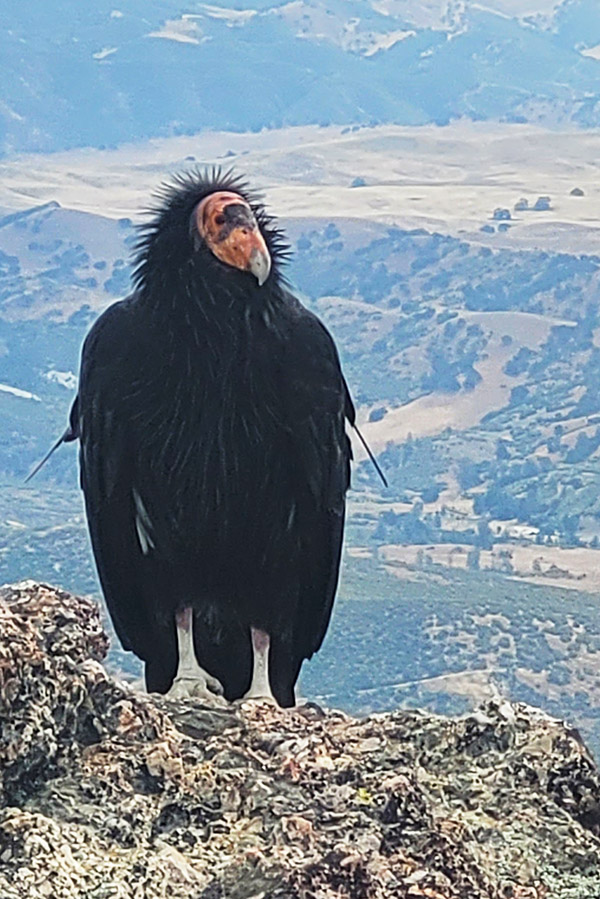
Once summitting the peak, it was time to rehydrate and fuel up with lunch for the hike back. As I sat down, I heard what sounded like someone vomiting. Looking to my left I saw I was sitting about 25 feet from a California condor. It was tagged with No. 89. The National Park Service tags these rare birds to track and follow them at a level not seen since Facebook started tracking me. Having researched No. 89, I learned this guy was born in captivity in Idaho in 2011. There are under 600 of these massive birds remaining in the world. To have the rare opportunity to see one was magical, but to be able to sit next to one for 30 minutes as I ate lunch was something spiritual, equivalent to petting the gray whales in Baja.
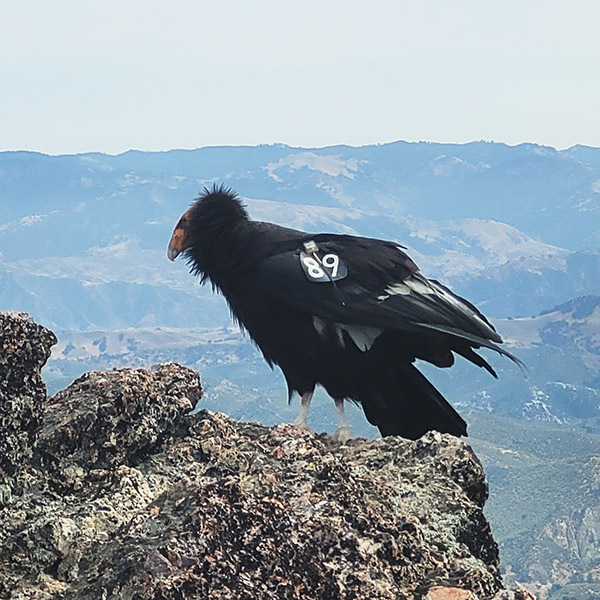
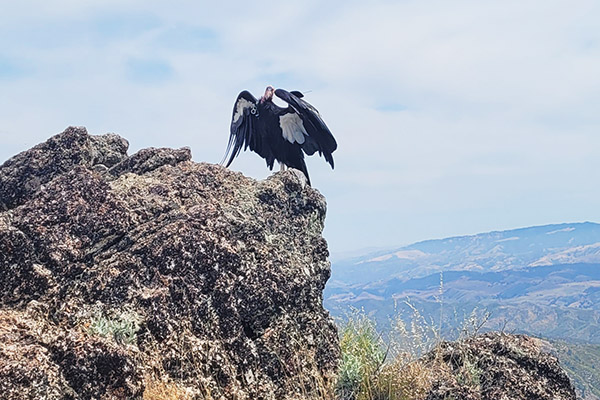
As I sat eating my lunch the condor and I constantly exchanged gazes. Every so often it would spread its wings to show off its true size. Not only did it not seem bothered by me, it seemed to enjoy my company (I mean, who doesn’t?). After about 30 minutes I began wrapping up lunch and as I packed up, No. 89 silently turned away, spread its wings, and leapt off the rock like a hang glider sailing down about 100 feet and then turning upward it flew off into the distance.
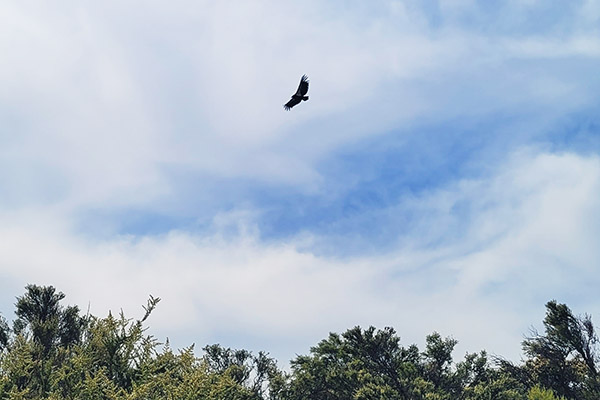
This magical encounter reinvigorated me for the 4.5-mile hike to the base of the mountain. I had a solid buzz from the encounter for the remainder of the day. Just like all the close encounters I have had in nature, that buzz never seems to fade and it has me looking forward to National Park Number 51.
Please click on the popup ads!
Never miss an ExNotes blog:

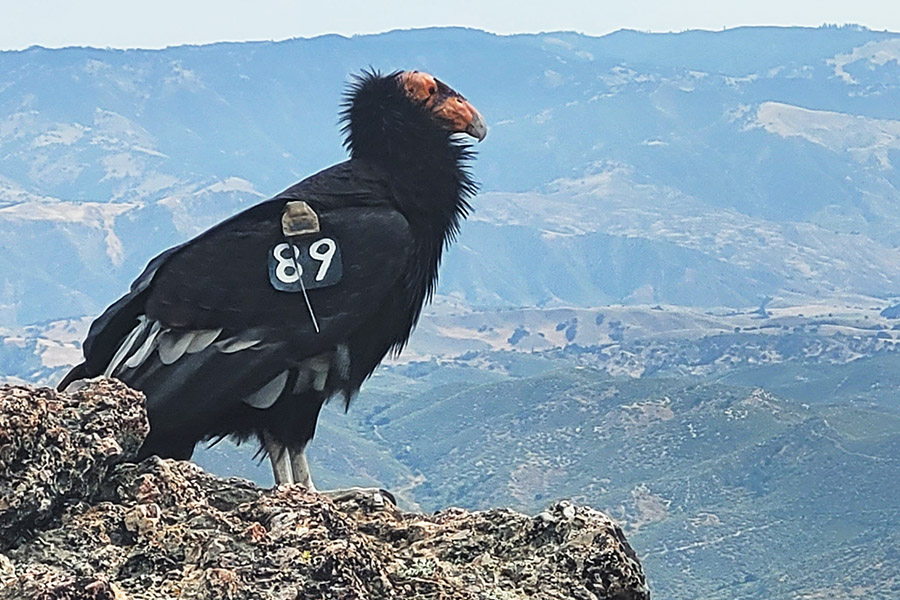
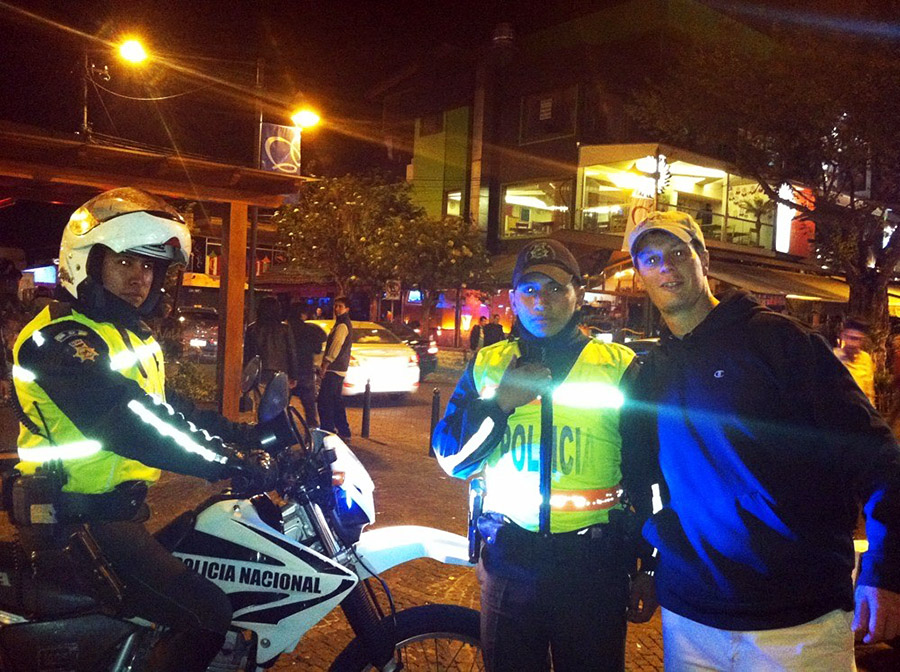
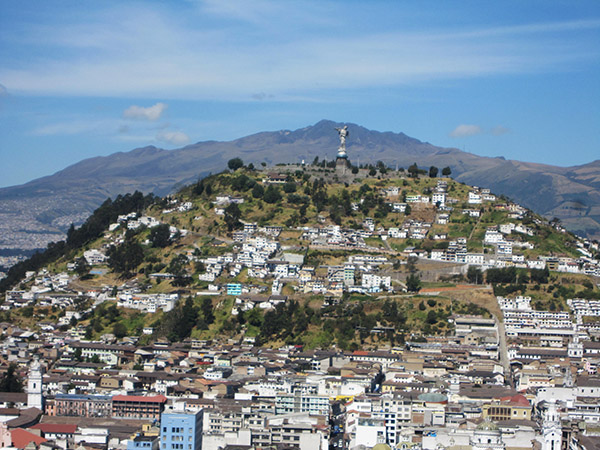 Having been in Panama and Nicaragua with such little luggage it was important to keep my packing to a minimum. This wasn’t very difficult as the countries I had been visiting were tropical and very warm. I was certain Ecuador would be the same, as Quito was on the equator. Where could be warmer than the equator. Well, it turns out a lot of places could be much warmer? Quito was indeed on the equator but is also nestled in the Andean foothills at an elevation of around 10,000 feet above sea level. To add to that it was August, so technically it was winter there (although the ambient temperature doesn’t fluctuate very much).
Having been in Panama and Nicaragua with such little luggage it was important to keep my packing to a minimum. This wasn’t very difficult as the countries I had been visiting were tropical and very warm. I was certain Ecuador would be the same, as Quito was on the equator. Where could be warmer than the equator. Well, it turns out a lot of places could be much warmer? Quito was indeed on the equator but is also nestled in the Andean foothills at an elevation of around 10,000 feet above sea level. To add to that it was August, so technically it was winter there (although the ambient temperature doesn’t fluctuate very much).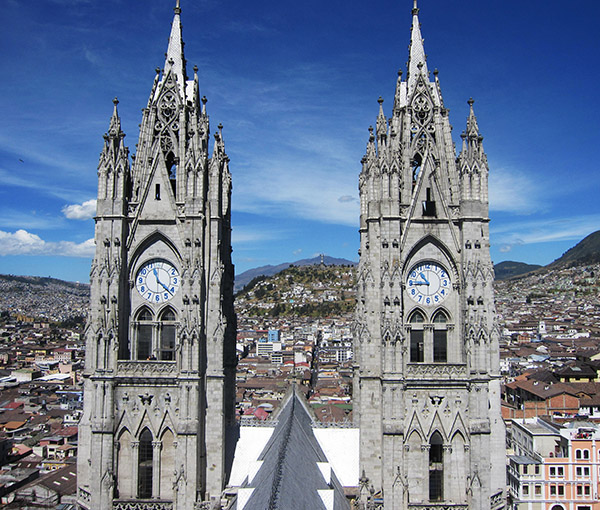
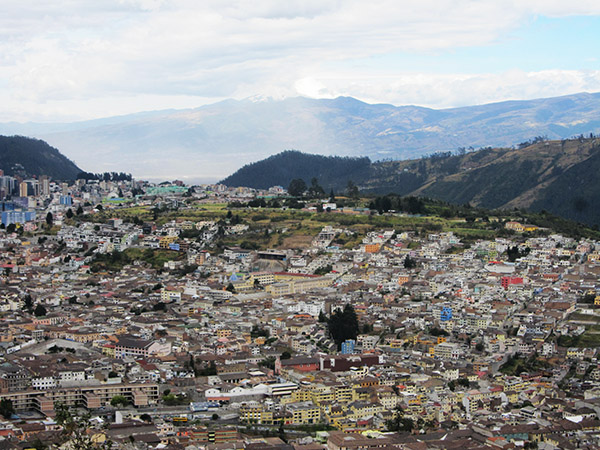
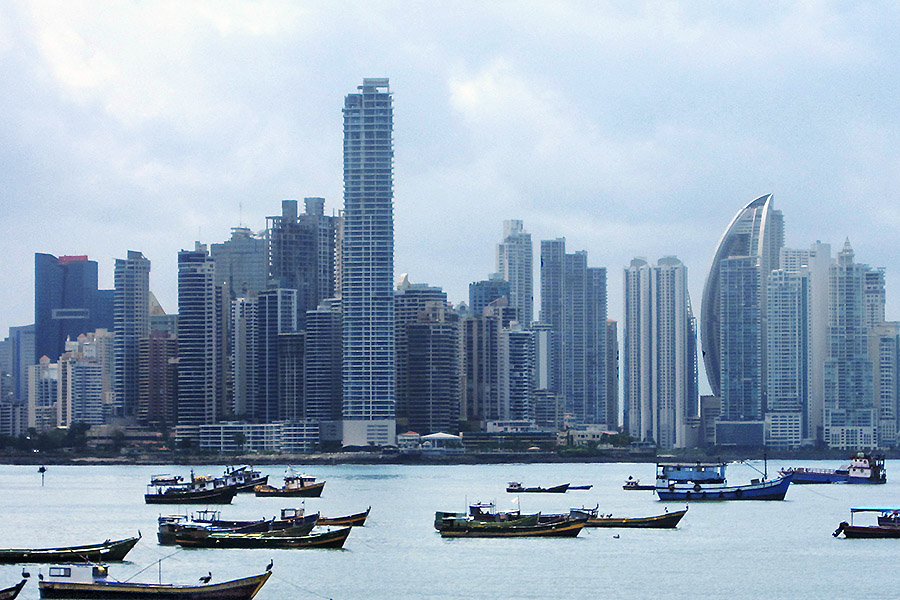
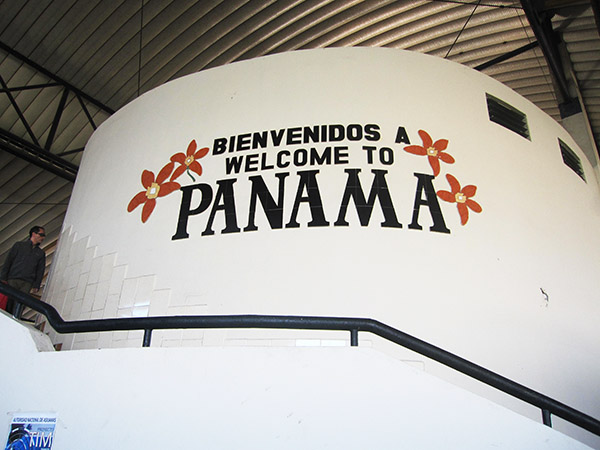
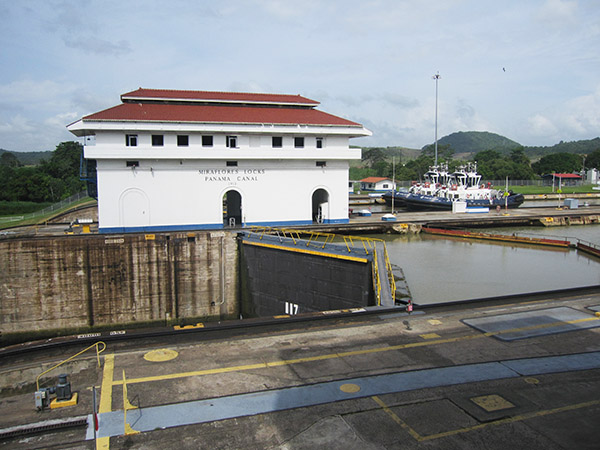
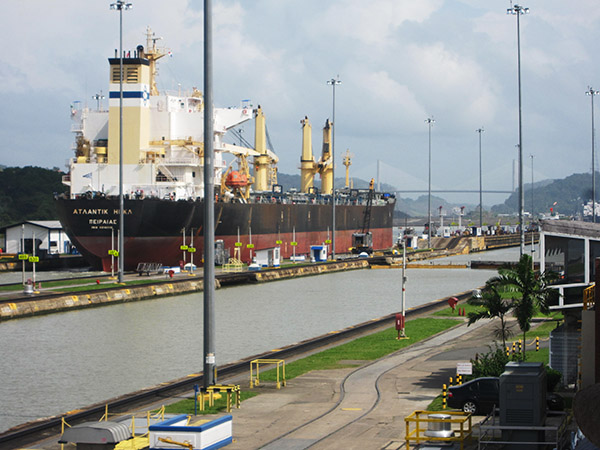
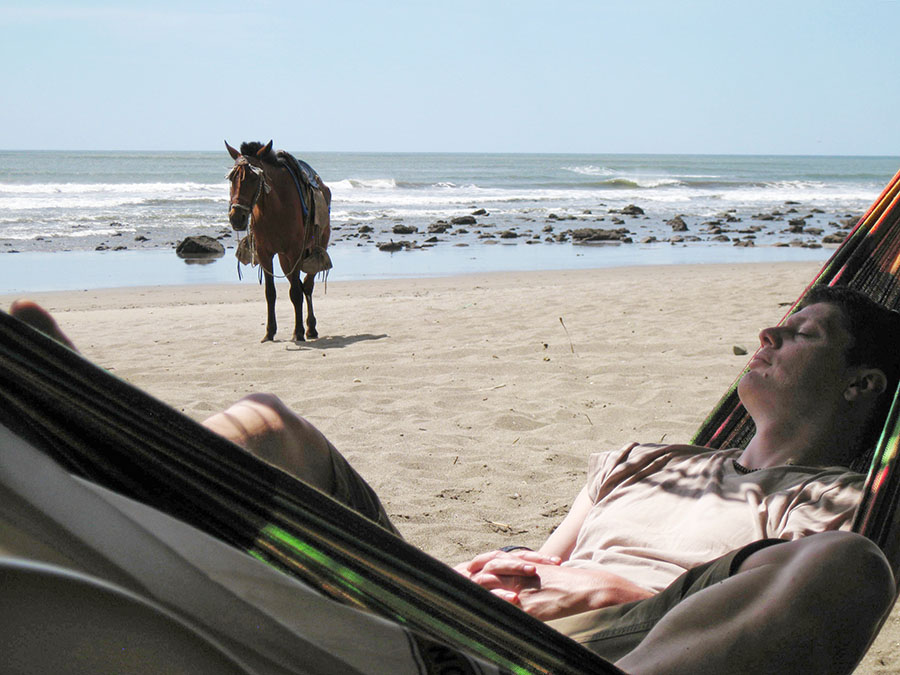
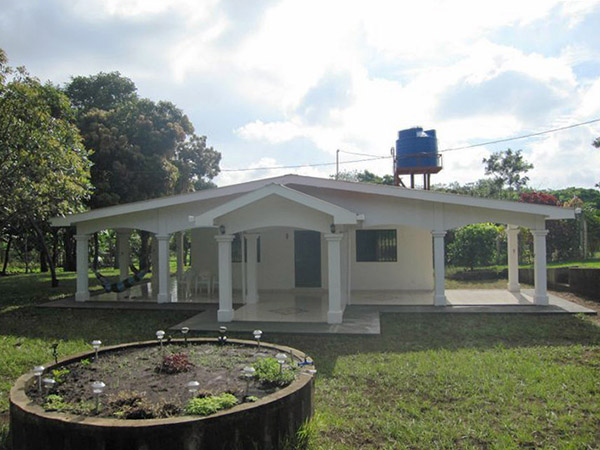
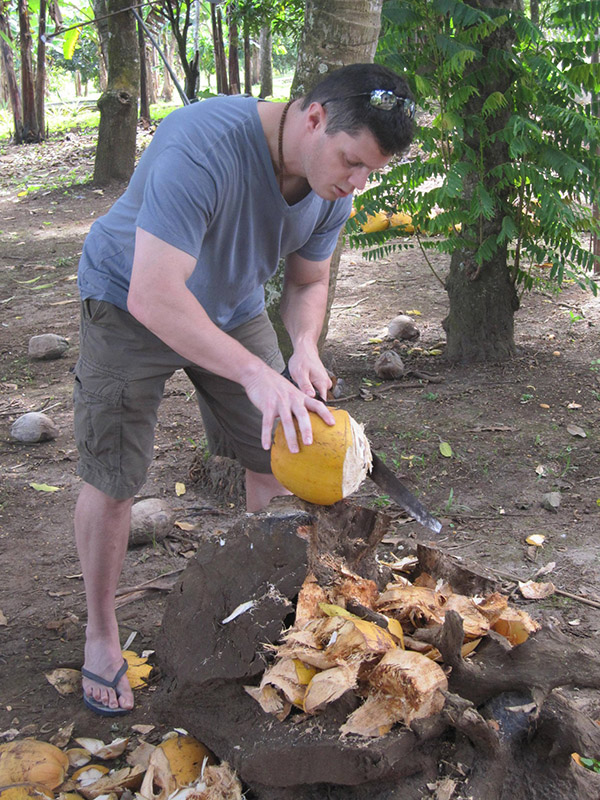
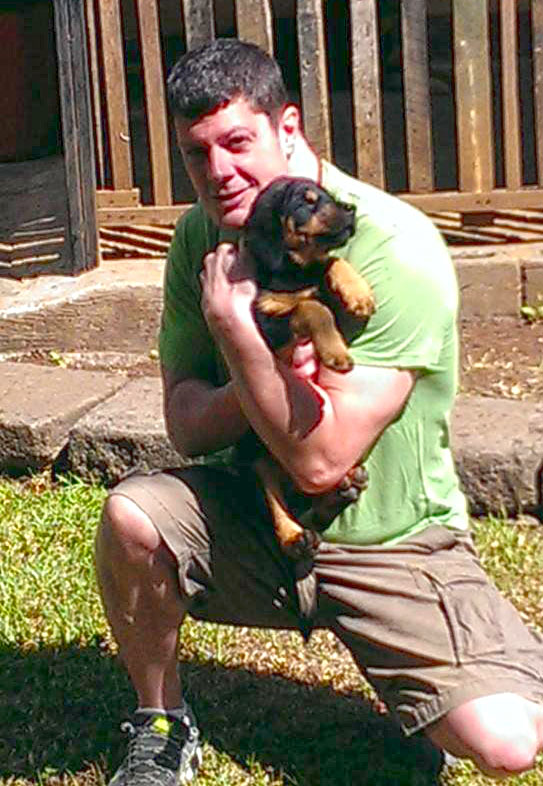
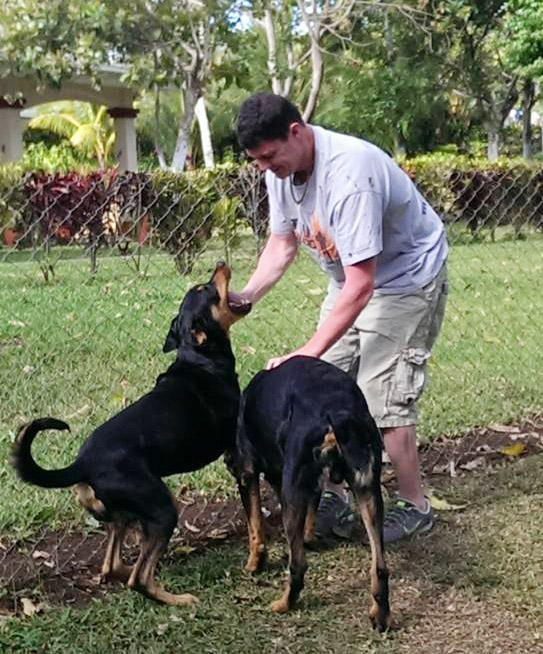
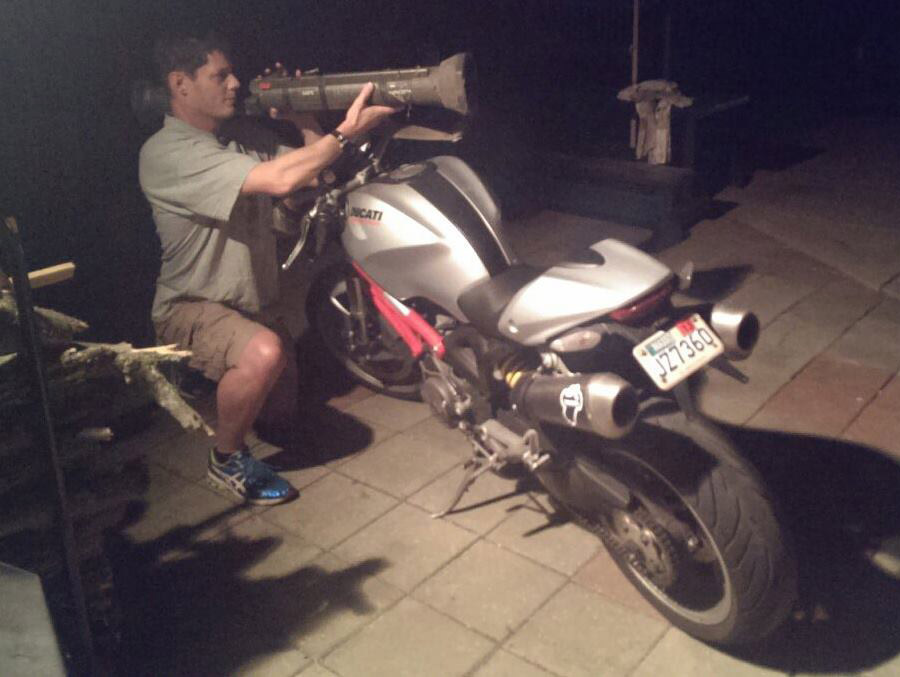
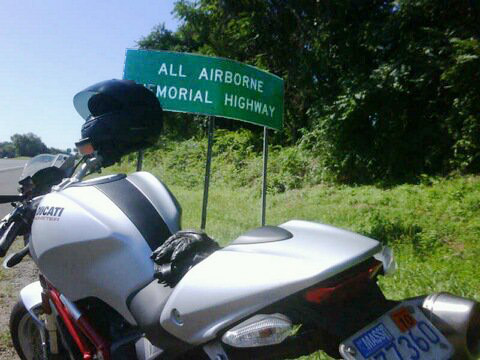
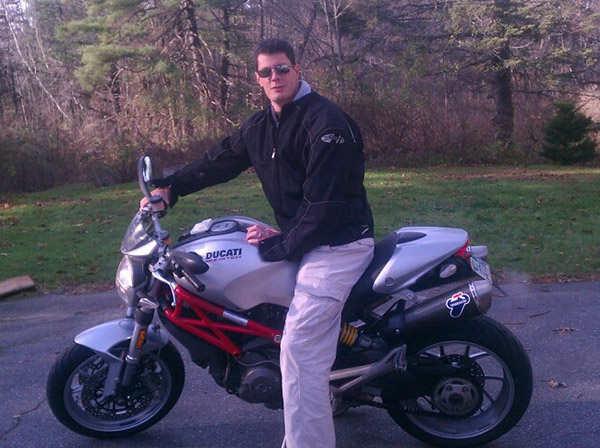
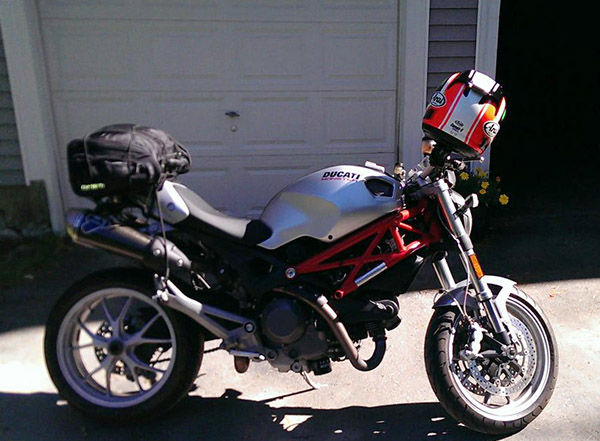
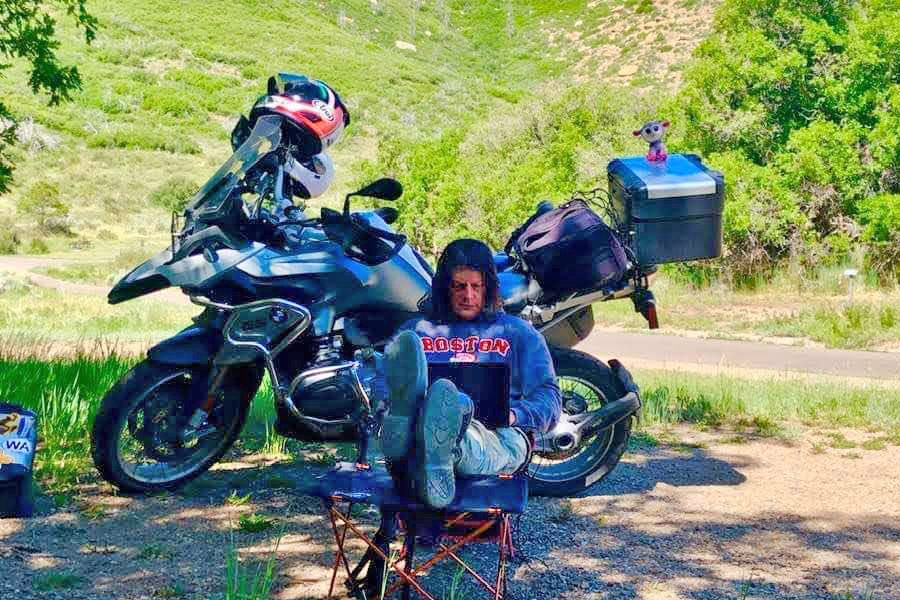
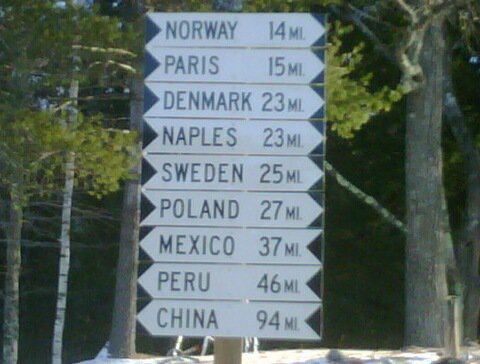 The first two years were mostly spent learning to excel in my new position as a project manager along with clumsily discovering how to adjust my work/life balance in creative ways. This involved motorcycling throughout New England in between work responsibilities.
The first two years were mostly spent learning to excel in my new position as a project manager along with clumsily discovering how to adjust my work/life balance in creative ways. This involved motorcycling throughout New England in between work responsibilities.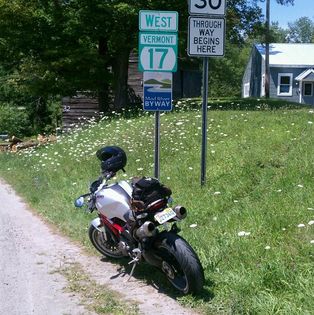
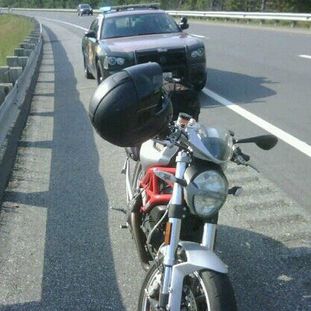

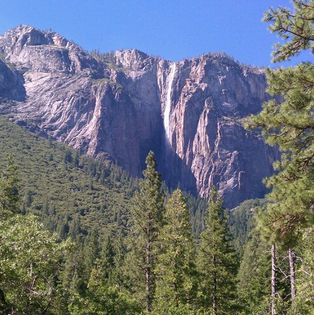
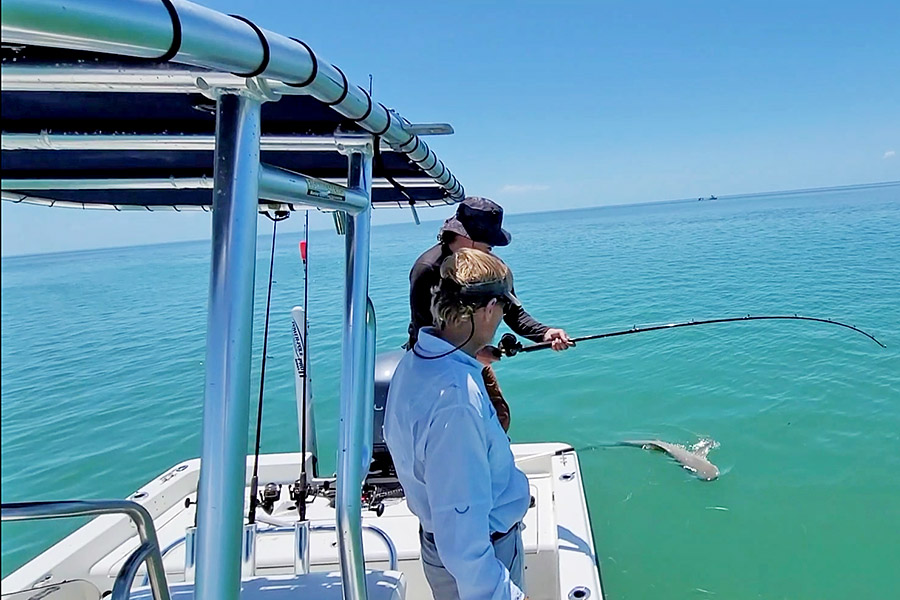
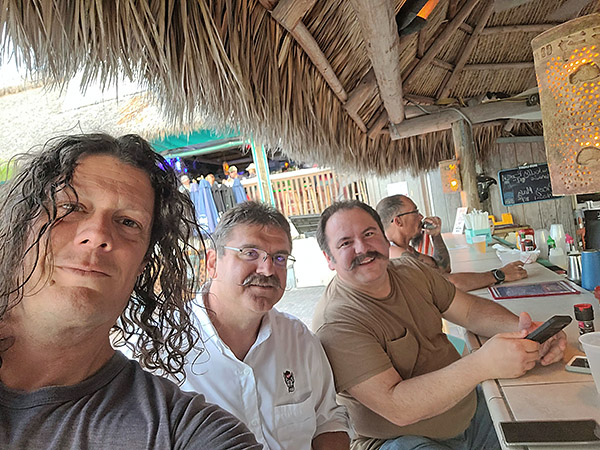 One of my objectives in life is to hit all the National Parks and living primarily off my BMW GS1200 has really provided me the opportunity to rack up those numbers. Florida is just so flat and straight that even the thought of riding to knock out the five National Parks there grew the chicken strips on my tires. The main focus of this trip would be on relaxation and fishing, so I wasn’t overthinking the National Parks objective. There will be another trip for those.
One of my objectives in life is to hit all the National Parks and living primarily off my BMW GS1200 has really provided me the opportunity to rack up those numbers. Florida is just so flat and straight that even the thought of riding to knock out the five National Parks there grew the chicken strips on my tires. The main focus of this trip would be on relaxation and fishing, so I wasn’t overthinking the National Parks objective. There will be another trip for those.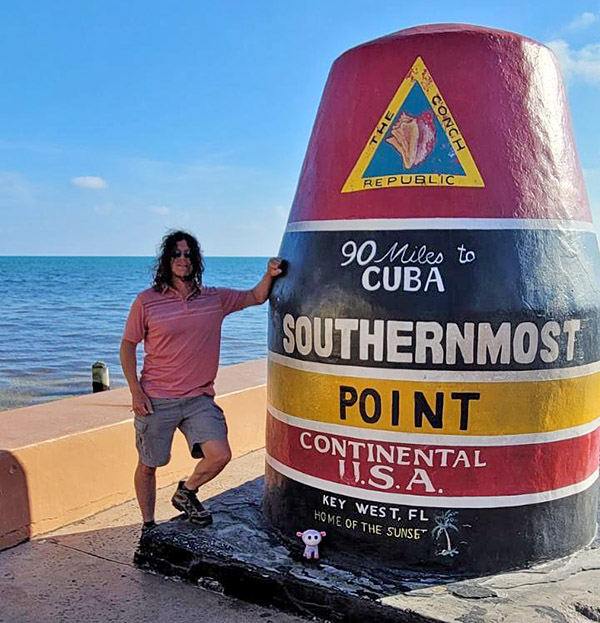


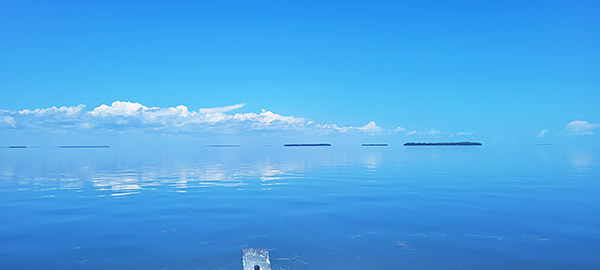
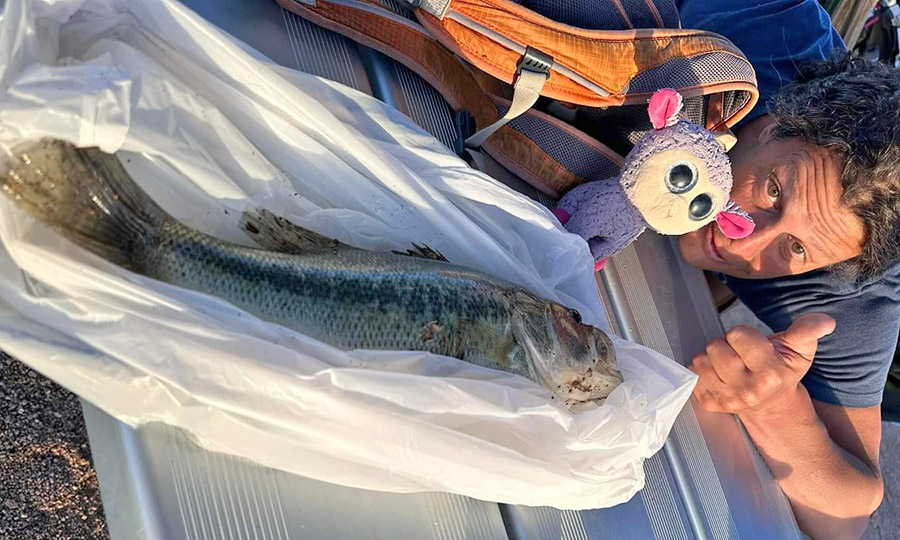
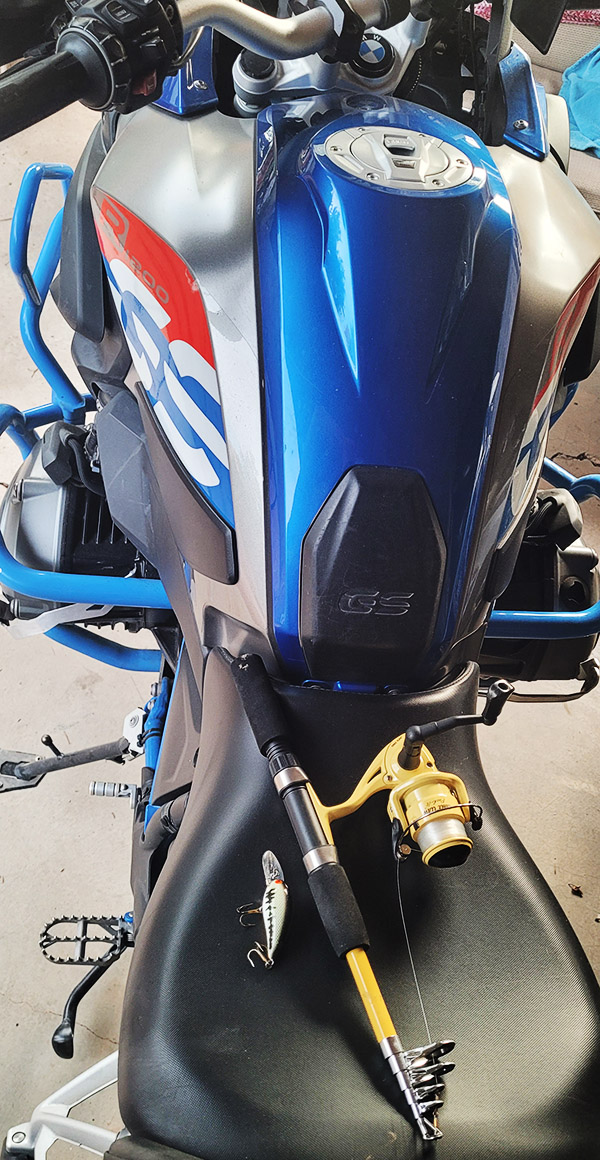
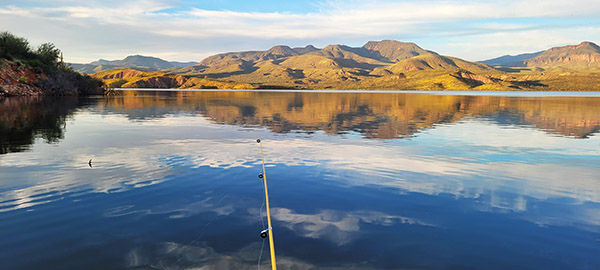
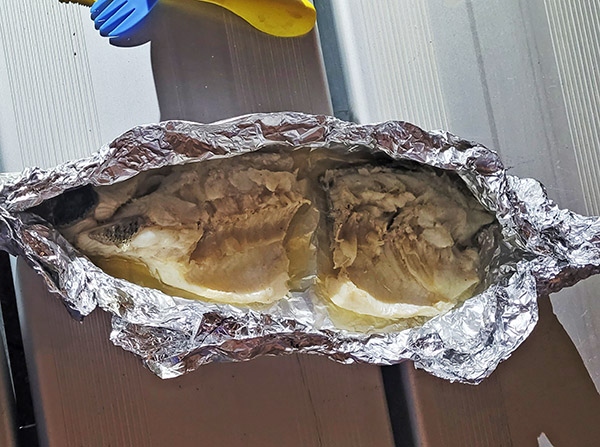
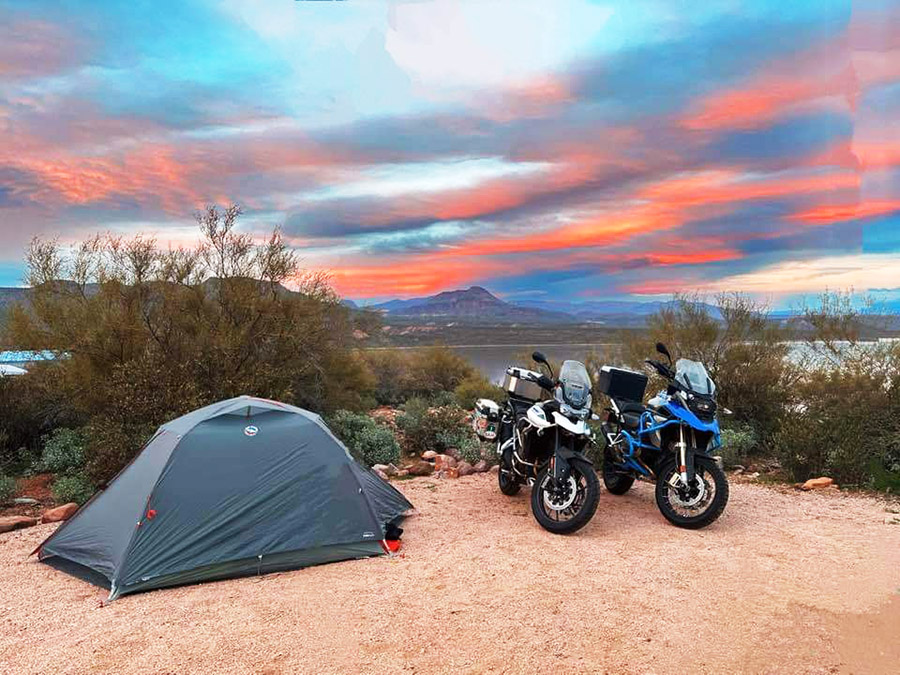
 Arizona has an endless amount of camping areas, both dispersed and in formal campgrounds. I thought highlighting two ends of the spectrum in would be a great way to convey the vast diversity Arizona offers.
Arizona has an endless amount of camping areas, both dispersed and in formal campgrounds. I thought highlighting two ends of the spectrum in would be a great way to convey the vast diversity Arizona offers.
